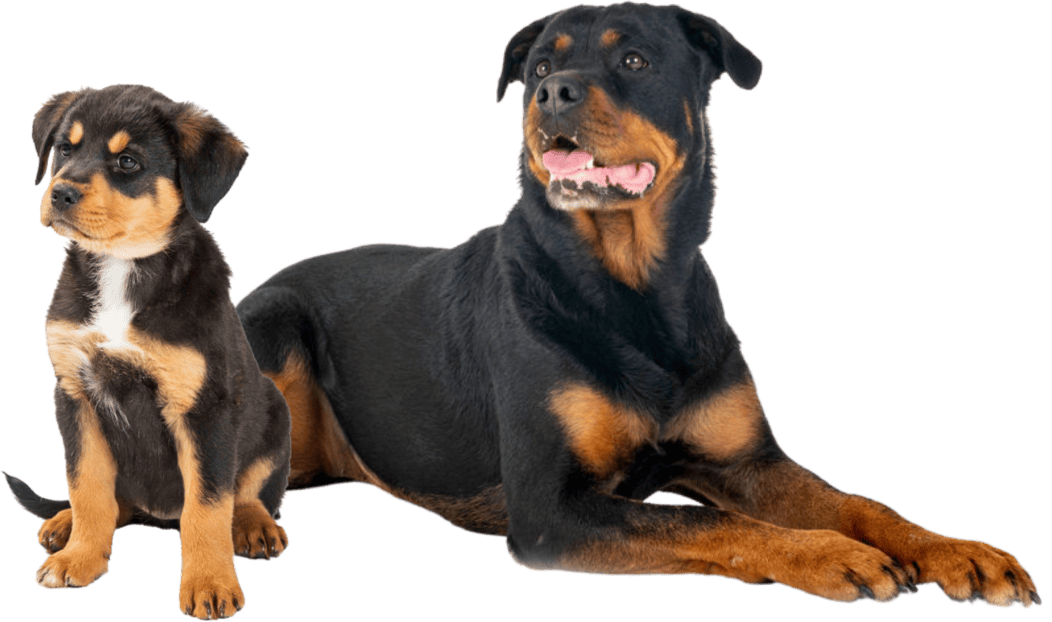
All of our trained pups have been to a ton of places, have been worked by a variety of different people and
will absolutely be the best-behaved pet you’ve ever owned! We also do provide personal and family
protection dogs, service dogs and emotional support dogs too!





We care deeply about finding the best possible match for both our dogs and our clients. With that in mind, we take into consideration the home environment, living conditions, and lifestyle of each prospective owner. Our training director will assess which dogs are most suited for each client, ensuring the well-being of both the dog and their future family. We appreciate your understanding and look forward to the opportunity to work with you soon!
Welcome to Man-K9. To provide clarity and ensure a seamless purchasing experience, we have outlined our payment policy for pre-trained dogs and puppies below:
Any inquiry regarding the purchase of a pre-trained dog or puppy requires payment in full at the time of purchase. This policy guarantees that the dog you select will be reserved exclusively for you. Please note that payment must be submitted at the time of purchase to confirm your reservation. If payment is not received, the dog will remain available to the public and may be purchased by another party without prior notice.
Accepted Payment Methods: We accept cash, check, credit/debit card, wire transfer, and cashier’s check. For your convenience, a variety of payment options are available to meet your needs.
Payment Plan Options: For those interested in financing, please visit the “Man-K9 Payment Options” tab on our website to explore Coach Financing and determine your eligibility.
Thank you for your cooperation in adhering to our payment policy. Should you have any questions or require further assistance, feel free to contact us. We are here to help you find your ideal companion and ensure a positive experience throughout the process.
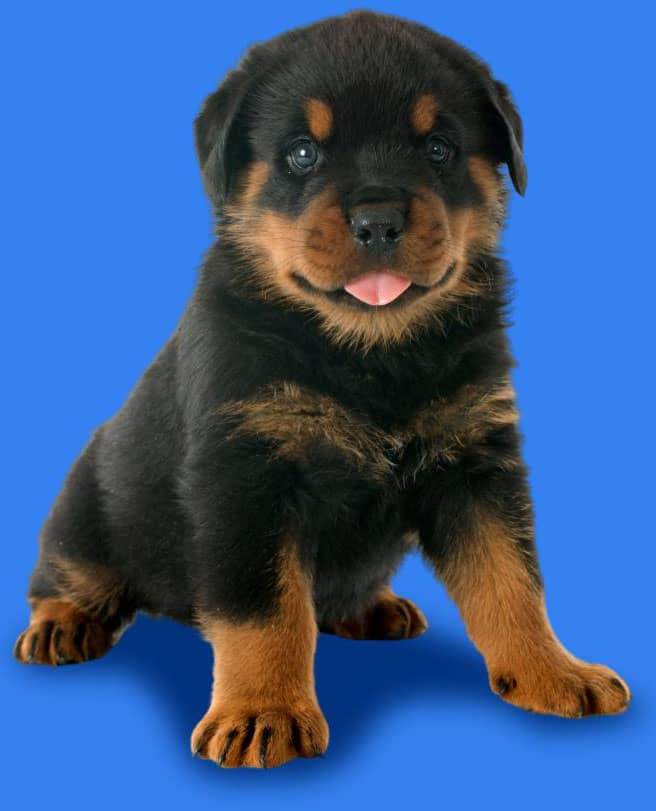
Spring 2025
CALL MAN-K9 TODAY!
760-468-8830
CONTACT@MANK9.COM
In May 2021, I got our beautiful little princess a Rottweiler named Lily. Man-K9 has been there from the beginning and continues to train, love, and help take care of Lily in the best ways possible. I highly recommend working with Man-K9 for all your dog training needs.
I wanted a trained companion dog that would be able to adjust to our family life. With two young kids and two cats that had not been around dogs, it was important to me to find just the right dog. Not only did they raise up the perfect addition to our family, they have done a wonderful job training us how to handle him properly. He is just the best and has impeccable manners.
I got my German Shepherd puppy from Man-K9 and now I have a best friend for years to come! I couldn’t be happier with how simple/easy they made the whole process and they give such great detailed instructions and tips on how to best take care of your pup! Not to mention my dog from Man-K9 is absolutely beautiful and well-behaved. Couldn’t be more pleased with my puppy from Man-K9 and would gladly do business with them again in the future!
Laurie at Man-K9 is the BEST! We got our lab puppy, Marley, from them and Laurie was there for us from start to finish! We will be coming back for training soon! Thank you Laurie and thank you Man-K9!
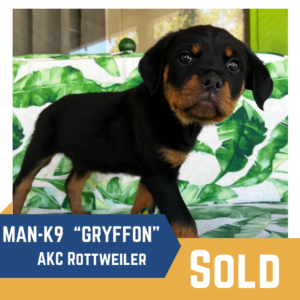
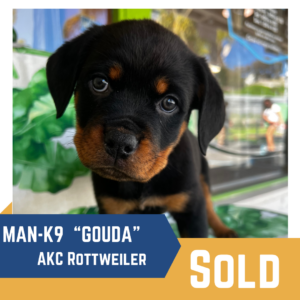
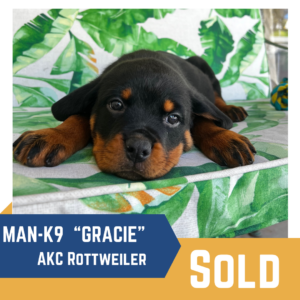
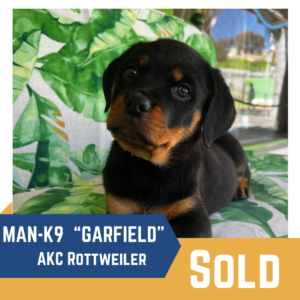
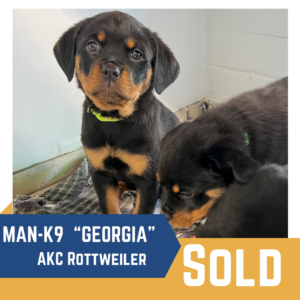




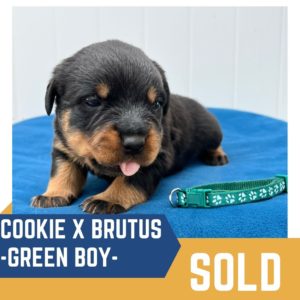

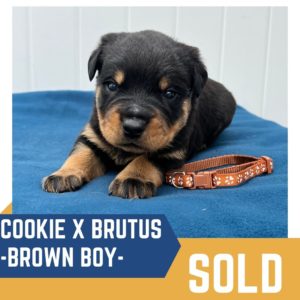


Meet the
Rottweiler…
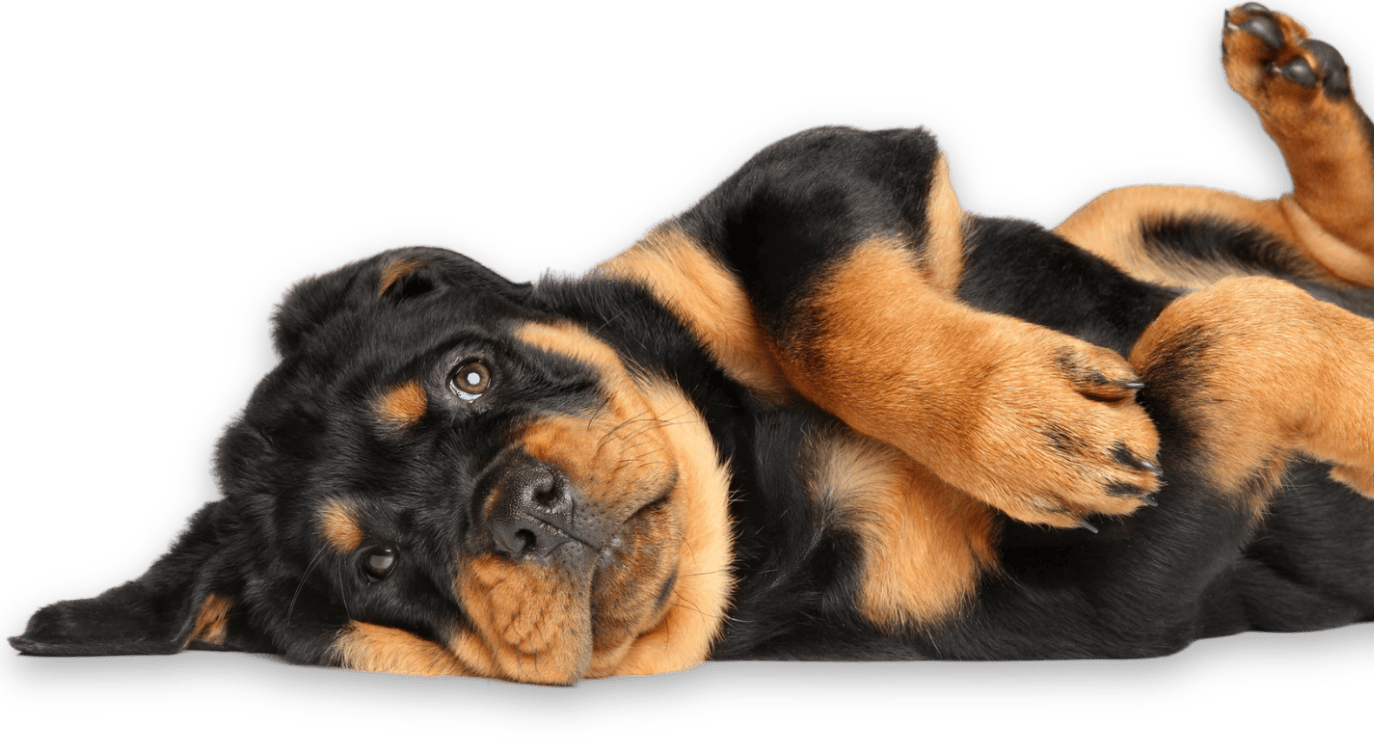
Group 3: Molossoids and Mastiffs Breeds
Germany
Rottweil MetzGerhund
Males: 95-110 pounds. Females: 90-105 pounds.
Males: 24-27 inches. Females: 22-25 inches.
Pure
The Rottweiler is a breed of antiquity with roots that go back to the ancient Roman army dogs. Long before the MRE (Meal, Ready-to-Eat) or refrigeration, large armies would bring along their own living food sources to feed the hungry soldiers while on an excursion. Large, durable Mastiff-type dogs were employed to drive, herd, and protect the livestock. As the armies continued and the food source would dwindle, the dogs would be left behind. As the empire fanned out, they covered much of Europe. Around A.D. 74, the main passage over the Alps was Gotthard’s Pass, which leads into modern-day southern Germany. Due to this likely route, it is believed that these dogs also influenced many Swiss mountain breeds, such as the Swiss mountain and cattle dogs. Once over the Alps, the armies infiltrated the German town of Rottweil. There, many of these dogs were left and utilized by the Roman army as well as locals for the next 200 years. The town of Rottweil became known as the European cattle epicenter and remained so over the next 1800 years. There, the large dogs assisted cattle herdsmen and butchers and became known as the Rottweil Metzgerhunds, or “butcher’s dogs.” They were employed to guard, herd, and drive cattle, as well as pull carts of meat and milk to market. To ensure the safety of their earnings upon the dogs’ return, the butchers would tie the money around their dogs’ necks in the event someone would try to rob them.
Over time, long after the Roman armies left, progress began to change the European cattle industry. As the train robbed the Rottweiler’s ancestors of their primary purpose, their numbers began to decline. In fact, the numbers dwindled so dramatically that only one Rottweiler was entered into the 1882 Heilbronn dog show. It wasn’t until World War I that the breed’s numbers and demand returned. The need for strong, intelligent working dogs for police and military led to the revival of the Rottweil dogs. The Rottweiler, like his ancestors, found himself serving his country once more as a messenger, draft dog, guard dog, and ambulatory dog through the first and second World Wars.
Despite his service and utility, it wasn’t until 1914 that the first Rottweiler club, the Deutscher Rottweiler Klub (DRK) was established. In 1921, the Allgemeiner Deutscher Rottweiler Klub (ADRK) was formed from several other organizations. Today, the ADRK is recognized as the officiating club of the German Rottweiler breed.
The Rottweiler dog has become an international favorite. His popularity peaked in the mid-1990s, and the breed remains one of the most popular and easily recognized dog breeds today. The modern Rottweilers are still used as guard dogs, but they are also used as police dogs and therapy dogs. Today, the breed is renowned across the world for its intelligence and trainability.
Mesaticephalic skull type, moderately large in size, and in proportion to the rest of the body. The head is heavily boned with powerful muscle throughout, giving the head and face height, depth, and breadth. The temporal muscles are powerfully-developed, giving the topskull height and a broad, flattened plane when viewed from the front. The zygomatic arches are broad and well-developed. The topskull is as long (from occiput to stop) as it is wide (measured from one side to the other right in front of the ears). The topskull is arched in profile, with the brow and stop being well-developed. A clean, dry head without excess wrinkle is preferred; however, slight wrinkling when the dog is alert is permissible. The occipital bone is well-developed, but not obvious.
Medium in size, set high and wide apart on the corners of the skull, with the base level with the plane of the skull when at attention. They are drop, or pendant (not pendulous), and triangular in shape, with a broad base and rounded tip. The inner edge and tip should lie as close to the head as possible. They should not extend beyond the mid-cheek area. The ears are never long, overly large, fly-away, rose or semi-pricked.
Moderate in size, oval to almond in shape, and medium to dark brown. Their eyes may be slightly obliquely set. The eye rims are well-fitted and well-pigmented. The eyes are never rounded or bulging. There should be sufficient bone in the surrounding orbital sockets to protect the eyes. Any signs of entropion or ectropion are incorrect for this breed.
The muzzle is full, deep, and broad. The plane, or bridge of the muzzle, is straight. Upper and lower jaws have good bone substance, appearing strong and well-developed, never appearing snipy or weak.
The nose is well-pigmented and black. The nostrils are well-opened.
Relatively thick to denote strength and power. Sufficient length to allow for proud head carriage and powerfully muscled with a slight arch. The neck tapers slightly from the deeper and broader body toward the head. The neck is clean-cut and without excess skin, throatiness, or dewlap.
Moderate length to allow for proud head carriage, strongly muscled with a slight arch. The neck tapers smoothly from the deeper and broader body toward the head. The neck is clean-cut, without excess skin, throatiness, or dewlap.
Compact, solid, powerful, agile, and of good substance. The body is never racy or refined. Width at the forequarters is approximately equal to the width at the hindquarters.
Oval to round, compact, with well-arched toes and tough pads.
The Rottweiler’s movement is powerful, effortless, and efficient. It should indicate endurance and agility. Excessive roll or clumsy action is to be heavily penalized. The characteristics of a healthy structure are evident: when moving away, the forelegs and rear pasterns should remain parallel to one another. When viewing movement from the front, the forelegs should remain parallel, with elbows and paws moving neither in nor out. From the rear, the back pads should be visible when the rear legs are extended. As speed increases, the forelimbs and hindlimbs will converge to the center line of gravity. From the side, the topline should remain firm and level. Good reach of movement in the front allows the forepaw to extend out in line with the nose. The width between the forefeet, when extended, should be approximately equal to the width between the hindfeet when extended, indicating balance, good reach, and good drive. Dogs that exhibit any sign of breathing or locomotive difficulty shall be disqualified from the show ring
Set neither high nor low on the croup but as a natural extension of the topline. It is thick at the base and tapering toward the tip. The tail is carried in accordance with the dog’s mood and energy level but never tucked. When in repose, the tail may be carried low (never tucked) in a neutral position. When moving, it should be carried slightly above the level of the topline. The tail may be left natural (preferred) or docked short. Natural tails are of a medium length, with the tip of the last vertebrae extending to the hock joints when held down. Natural tails may be straight, gently curved, sabered, or sickled. Docked tails are cut short to one vertebra.
The Rottweiler is a devoted companion and working dog. The breed is generally known to be even-tempered, watchful, and extremely intelligent. This makes Rottweilers great family dogs, useful in nearly any task. They are keenly watchful of their family and property. However, any unprovoked aggressive or fearful behavior toward people is incorrect for this breed.
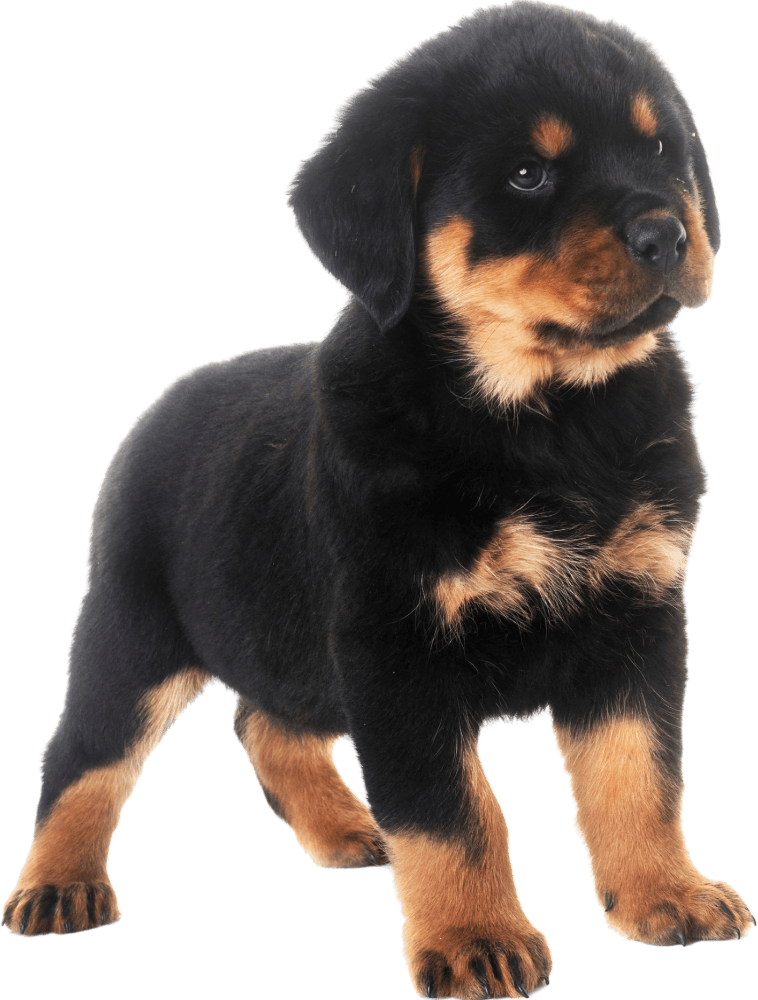
A Rottweiler is a medium to large dog. Just remember, that cute little puppy will grow into an adult that is about 22 to 27 inches high with an average weight of between 90 to 135 pounds. That’s a lot of dog, and most of it is muscle. The Rottweiler possesses great strength and has a broad, deep chest. It lives for about 10 to 12 years.
Rottweilers have short, coarse hair and should be brushed about twice a week. Brushing encourages the growth of new, healthy hair and removes older hair that is ready to shed. Brushing also allows you to bond with your Rottweiler. Beginning this regimen while your pet is a puppy is an excellent way to begin a close, trusting relationship.
Rottweilers are prone to obesity. It is important that your Rottweiler gets enough exercise and eats a healthy diet.
The Rottweiler is an intelligent dog. They are strong, powerful, and fearless, making them good watchdogs. The Rottweiler is an extremely loyal dog and will instinctively guard his family and territory.
With the right training, the Rottweiler is a wonderful companion. But without continued socialization, companionship, supervision, and obedience training a Rottweiler can be too much dog for many households.
The breed is considered a working dog and guardian, and it is believed to be a descendant of the herding drover dogs of the ancient Romans. This is a breed that needs a job to be happy. They do well as police dogs and therapy dogs. You have to keep a Rottweiler entertained with physical activities, especially walks, exercise, and outdoor activity. Without these needed distractions, a bored Rottweiler may become destructive.

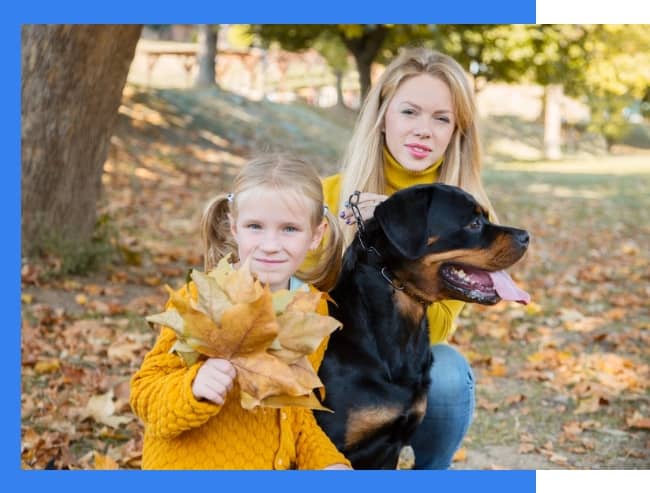
With Rottweilers it is important to remember that they need extensive and continuous socialization to be good family companions. Training should start as a puppy, as early as six weeks of age.
Rottweilers have a reputation for being a dangerous dog, but this dog will only become vicious if it is trained to be that way. Still, certain regions have passed legislation banning this breed; so make sure to check for local regulations before you purchase a Rottweiler. In addition to legal regulations, you may also have trouble getting renting a home or getting a homeowners insurance policy if you own a Rottweiler.
Raising a Rottweiler from a puppy allows you to train and socialize him. If a Rottweiler puppy is raised with children, friends and other pets it is more likely that he will become a well-socialized dog.
It is important that you commit to training your Rottweiler and that you be very consistent. Most Rottweilers are inclined to be dominant but they will respect an assertive owner who knows how to lead a strong-minded dog. You’ll need to teach your Rottweiler puppy social skills and to harness his natural territorial instincts in a positive way.
Young Rottweilers can be very rambunctious. They are rowdy and enthusiastic jumpers. Unsupervised, they can become nuisance barkers and diggers.
If a young Rottweiler is raised with other pets in the home, they are usually good with them, but Rottweilers can be very aggressive toward other dogs of the same sex – and they can see cats as prey.
A Rottweiler may not be a good choice for first-time dog owners. If you are fully committed to training and socializing your Rottweiler puppy, it can become a very loyal and loving companion and a great family pet.
Owning a Rottweiler requires a commitment to training and socialization, so make sure that you are prepared to put in the required effort.
